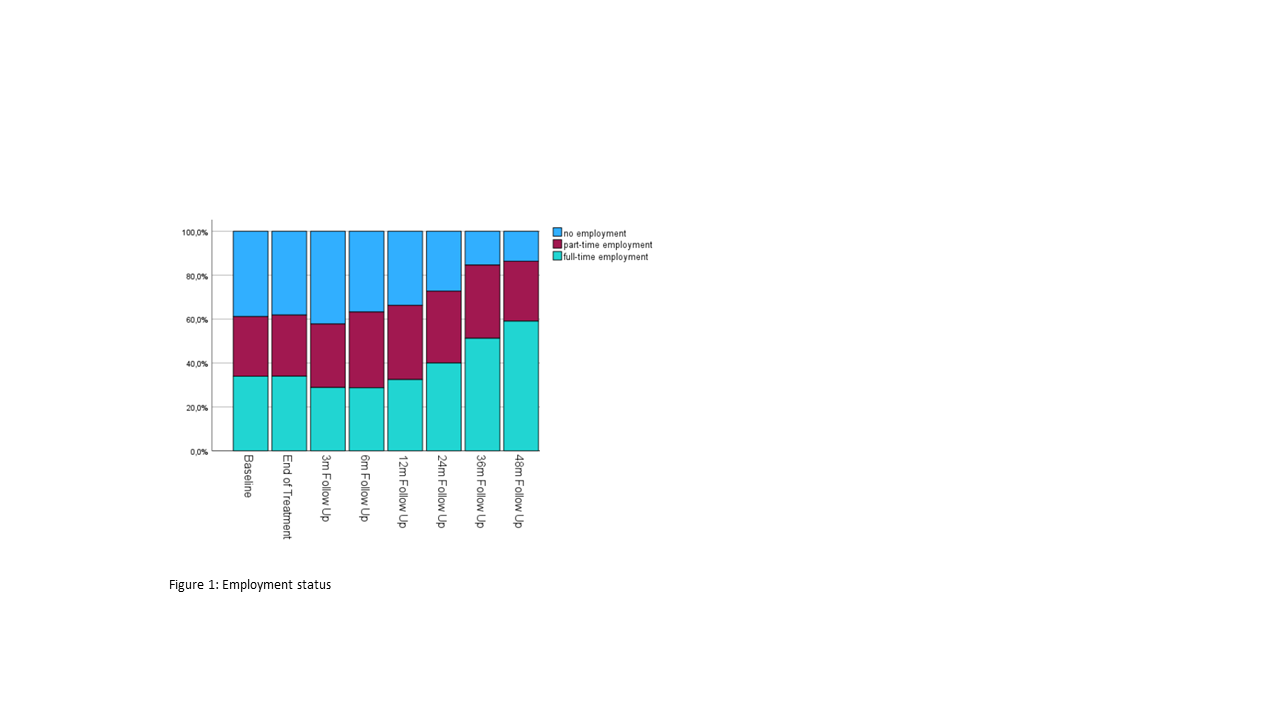Financial toxicity, occupational status and QoL in meningioma patients treated with proton therapy
PO-1113
Abstract
Financial toxicity, occupational status and QoL in meningioma patients treated with proton therapy
Authors: Milana Achtaewa1, Carola Lütgendorf-Caucig1, Lisa Konrath1, Eugen Hug1, Piero Fossati1, Maciej Pelak1, Petra Georg1, Birgit Flechl1
1MedAustron, radiation oncology, Wiener Neustadt, Austria
Show Affiliations
Hide Affiliations
Purpose or Objective
Patients (pts) with meningioma are commonly treated with proton therapy (PT) in order to minimize integral dose to normal brain parenchyma. Considering the high local control probability, preservation of Quality of Life (QoL) is gaining increasing importance.
Potential loss of employment, inability to work or need to reduce working hours may lead to financial worries negatively affecting QoL.
We investigated the subjective QoL and disease burden in pts with meningioma treated with PT with regards to income, financial toxicity, inability to resume work before and after PT.
Material and Methods
Data from prospectively assessed questionnaires (EORTC QLQ-C30) including an item for subjective financial difficulties, scaled from 1-4 (1=“not at all” to 4=”very much”), was collected from pts treated with PT for meningioma. Observed time points were prior to start of treatment (t1) and incrementally thereafter (completion of treatment, at 3months (ms),6ms,12ms,24ms,36ms and 48ms;t2-t8).
Employment status was collected and net household income was assessed and ranked into 5 groups ranging from <1300€ to >5000€.
Results
171pts (39m/131f) aged 20-88yrs (mean 55.1) with meningioma were included. At a mean observation time of 29.6ms, 991 data sets were collected.
37pts (35.9%) reported health-related inability to work before PT. Over follow up (FU), it decreased to 33.8% at 12ms, 27.3% at 24ms, 15.4% at 36ms, 13.6% at 48ms.
34pts (33%) were employed prior to their diagnosis (14part-time, 18full-time). While rates of full-time employment initially decreased, it steadily increased from 1yr FU (t3-t8: 28.7%-59.1%), rates of part-time remained stable (t3-t8:27.2%-27.3%), see figure 1.
Subjective financial burden correlated significantly with occupational situation (Spearman;p<0.001) indicating a reduction in patient-reported financial difficulties after commencement of work / increase in working hours.
There were no relevant changes in pts´ income (Friedman:p=0.610); however, pts with lower income prior to PT reported subsequently higher levels of financial difficulties (Spearman:p<0.001).
Before PT, 69 pts (40%) reported various levels of financial difficulties. Although rates decreased initially at the end of PT (30.2%), then increased 6ms (36.9%), they consistently decreased at all subsequent FUs (30.4% at 12ms, 29.0% at 24ms, 22.4% at 36ms, 20.6% at 48ms). This reflects the lower burden of financial toxicity over time.
We observed a significant incremental increase in mean QoL score after PT (t3-t8: 4.86 to 5.40; Friedman:p<0.001). Lower rates of subjective financial burden correlated with increase in QoL scores (Spearman, r=-0.392, p<0.001).

Conclusion
At a mean observation time of >2 years, this study prospectively analyzed the potential impact of proton therapy in patients treated for meningioma. Patients reported an overall increase in employment rate, significant improvement in their financial situation and preservation and gain in their quality of life over time.